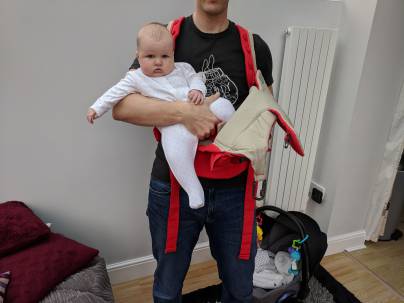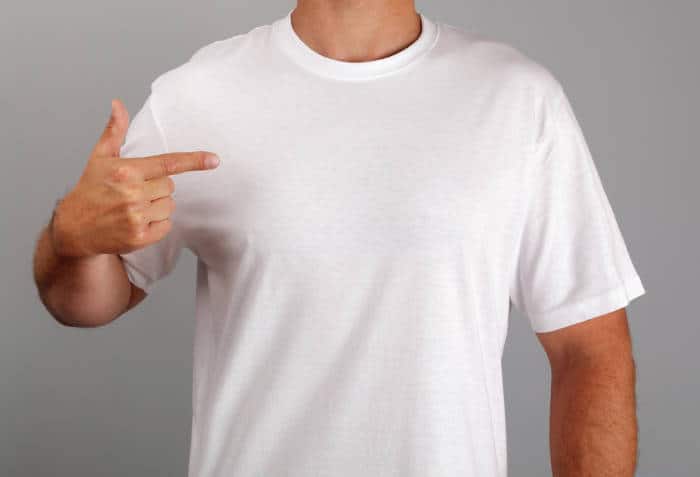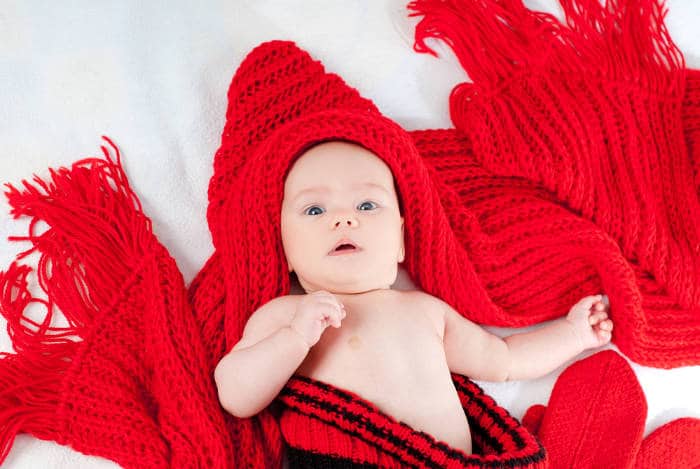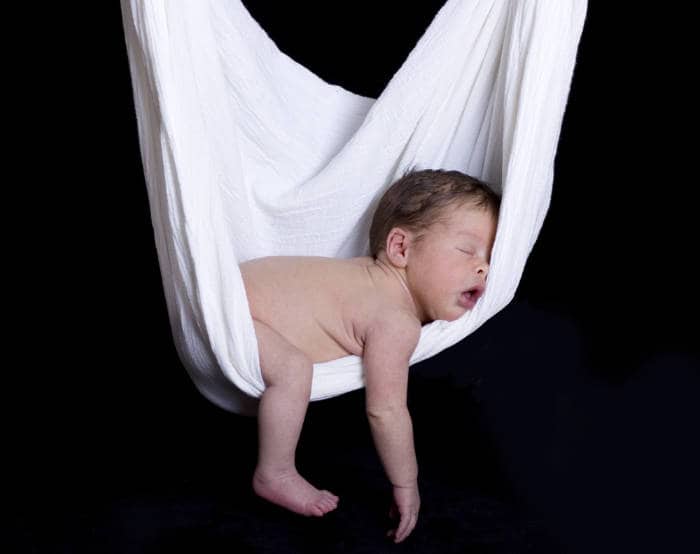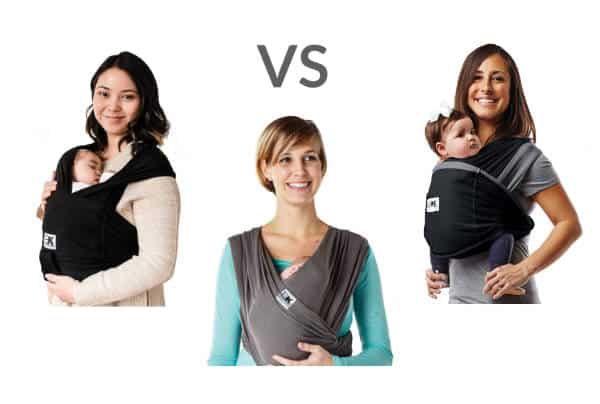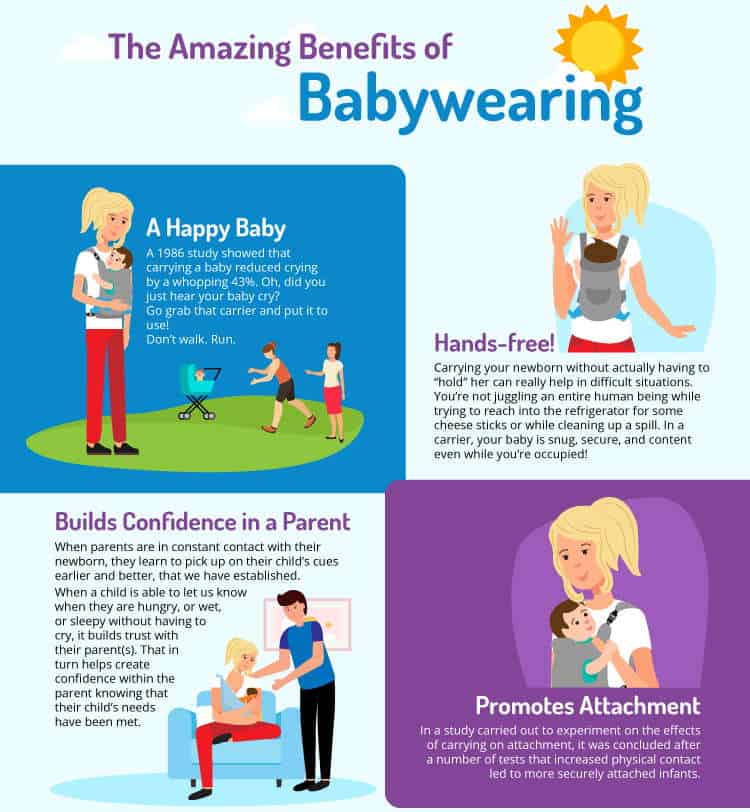Your baby has been cozy, comfy, and happy facing in, toward you in their carrier since birth. You are their world, their sense of safety, warmth, and food, after all. However, at some point, usually around 6 months, you’ll have the option to carry a baby forward (or facing out). So, when can your baby face forward in a carrier?
By 6 months, your baby has moved on from an intense interest in human faces to a widespread interest in their surroundings. You’ll probably notice the shift when your baby starts swiveling and straining to look around while being carried. Experts only recommend turning your baby around when he or she has superb control of their neck muscles and only for brief periods of time.
It’s always a good idea to monitor your baby’s face, body language, and moods when facing out. Reading facial expressions is an important practice for both of you during this nonverbal stage. Therefore, attempt to check in with your infant. If they are easily overwhelmed or stressed, make the switch and face them inward.

The importance of neck muscle development
There’s a reason the experts stress the importance of waiting until your baby is approximately 6 months old. The position they are placed in when outward facing puts their neck at risk of strain or injury. Strong neck, alongside with adequate head control helps your baby fully support the weight of his own head and control its movement as you walk, maneuver, and stop in your environment.
Until 6 months, your baby’s head can be wobbly which isn’t an issue when he is in a facing inward carrying position, as he can lean on your chest for head support. You’ll find that until 6 months, facing in also allows you to cradle their head in your palm for support as well.
Overall, this timeline of 6 months depends on your baby’s ability to control their head for extended lengths of time. If that happens before or after 6 months, you can adjust that timeline slightly to fit your needs.
Hip placement
Their hips and legs are just as important as proper neck control. Did you know that improper placement can cause hip dysplasia and spine issues? Letting your infant’s legs fall straight down or using a carrier that does not flex your little one’s hips into the frog or “M” position can harm their developing joints.
Look for a baby carrier with a wide seat. The ones that are narrow in the seat/crotch area will leave your baby’s legs dangling, which isn’t good for their hips, circulation, or your back. Wider seats that support their entire bottom are ideal. Second to your baby’s neck strength, hip placement is the most important consideration when turning your baby and should be considered for both baby carrying positions. Don’t bother purchasing baby carriers with skinny harness-type seats.
How will you know your baby enjoys facing forwards?
Well, this is personal and varies from child to child, but if your baby is engaging with the environment, you can assume he or she enjoys being in a forward facing position. Look for your baby to coo, chatter, or laugh at their surroundings. Reaching and kicking happily are also good indicators of their mood.
If your baby is “checked out,” quiet, or squirmy, change positions and reassess the decision to face outward. They may be overwhelmed or uncomfortable in a baby forward facing position. Remember, overstimulation can wreak havoc on most babies’ moods (and therefore your mood).
Pay attention to the tension in their body as they rest against yours. Monitor changes, act accordingly, and you’ll be just fine.
What types of carriers allow this position?
In general, structured carriers (the ones with straps, buttons, and velcro) are best for carrying out. The Ergobaby 360 is, perhaps, the best as it forms a comfy seat in every position while maintaining lumbar support for mom/dad. Tulas, Infantino Go Forward, Babybjorn Harmony, and Lillebaby carriers are all good options for front facing.
You may also consider turning your baby in a heavy linen wrap. As long as there isn’t much stretch, you can safely wrap your baby in that position. Be sure to watch hip and neck positions.
For tutorials on how to wrap your baby safely, check out this Youtube channel from Avie Herman, Postpartum Doula on Youtube:
The benefits of forward carrying
Change of pace
If you’re a mom that routinely breaks out the wrap or carrier, chances are your little one is growing tired of the view. Switching it up on particularly rough days can provide the break your baby needs to “reset.” They’re given the opportunity to look at their surroundings, soak them in, and forget whatever was stressing them out.
Visual development
Your baby can take in so much more of their environment when they’re at chest level. Think about it. We don’t design spaces for kids. Therefore, some of the most interesting features of our environment are at eye level or above.
Turning babies face forward allows their brain to grow and prune synapses as they soak in the vivid visual scenes in front of them. Plus, it’s more interesting than staring at your chin from below.
Social development
Again, being at chest level and facing forward lets your baby join in the conversation. No more being left out of the action. They have a better view of facial expressions and body language, which is essential for early social development. While they may be tired of looking at the bottom of your face, that doesn’t mean they don’t want to talk to anyone.
Exercise for neck and core strength
This benefit may not immediately come to mind, but let’s think about the position your baby is in during a baby wearing session. They’re contained, yes, but the carrier or wrap does not completely cocoon them to your body. As you move, they shift too. Therefore, starting, stopping, and swiveling while baby wearing also puts their body to work as they react and adjust to your movements. Think of how you adjust in your seat if your car comes to an abrupt stop. If your neck was as weak as jello, you’d be in trouble.
Disadvantages of the forward carry position
Tends to be a phase
Most kids are only in the forward carry position for a little while. They might grow tired of it after a few minutes and require a quick switch to facing in or a back carry. With that being said, some kids won’t even entertain the idea after a few months. If you need to move on from the front carry, but your child still wants a pleasant view, you can consider a comfortable back carry.
Unable to do as many chores
This comes from a mom that relies on baby wearing to maintain the house. If I’m cleaning or cooking (safe meals), I’m using a baby carrier. Now that my baby is into everything, forward carry can be an issue as he grabs things on the counter or from my hands as I try to work. Switching to back carries is a simple solution when your infant reaches that stage.


